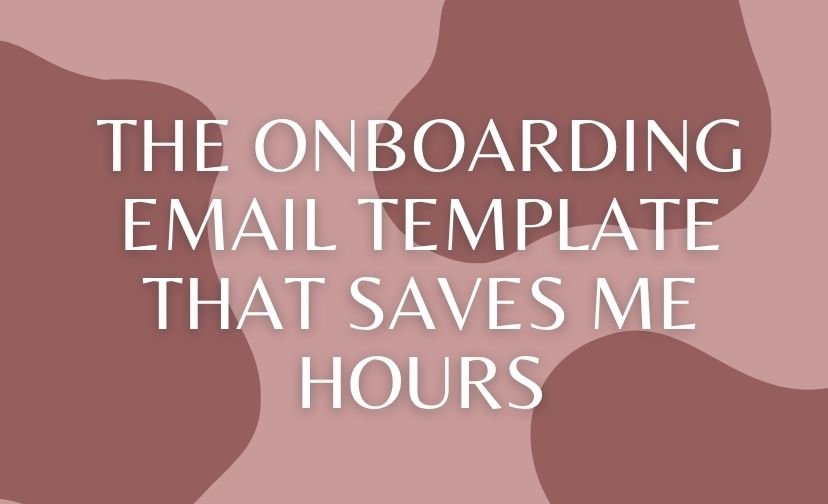Imagine walking into a new job where everything you need to know is handed to you on a silver platter, packaged neatly in a series of emails that guide you through the first days like a trusted friend. Sounds ideal, right? This is the magic of a well-crafted onboarding email template.
It’s not just about saving time; it’s about crafting an experience that welcomes new employees warmly and sets them up for success from day one. In today’s fast-paced work environment, an efficient onboarding process is crucial for boosting productivity and ensuring that new hires feel at home.
Understanding the Onboarding Email Template
Onboarding emails are like the warm handshake before the firm handshake—setting the tone for a positive and productive relationship. They introduce new employees to the company’s culture, values, and expectations while providing the necessary resources to hit the ground running. But what exactly makes these emails so essential?
What is an Onboarding Email?
An onboarding email is a strategic communication tool used to guide new employees through the initial stages of their journey with a company. These emails often include vital information such as login details, team introductions, and schedules for the first week.
They serve as the digital equivalent of a welcome mat, inviting new hires to step into their roles with confidence and clarity. Onboarding emails also provide a roadmap of what to expect, helping to reduce anxiety and uncertainty.

Importance of Onboarding Emails
Why are these emails so important? They play a critical role in the employee onboarding process by offering structure and support. According to research, companies with a strong onboarding process improve new hire retention by 82% and productivity by over 70%.
These emails ensure that no detail is overlooked, from setting up technology to understanding company policies. By bridging the gap between new hires and their roles, onboarding emails enhance engagement and foster a sense of belonging.
Benefits of an Effective Onboarding Email Template
An effective onboarding email template does more than just inform—it transforms. Here are some key benefits:
- Time-saving: Automating the onboarding process with templates ensures consistency and efficiency, freeing up HR teams to focus on more strategic tasks.
- Enhanced Productivity: By providing clear instructions and resources, new hires can quickly acclimate and start contributing effectively.
- Reduced Anxiety: Knowing what to expect helps new employees feel more confident and less overwhelmed.
- Improved Retention: A well-structured onboarding experience can significantly increase employee satisfaction and loyalty.

Crafting Your Onboarding Email Template
Creating an effective onboarding email template requires a thoughtful approach. It’s not just about the content but also how it’s presented. Let’s explore the essential components and strategies for crafting emails that resonate.
Essential Components of an Onboarding Email
Every onboarding email should include certain key elements:
- Welcome Message: A warm introduction that sets a positive tone.
- Detailed Schedule: Information about the first day’s agenda and upcoming training sessions.
- Company Resources: Links to the employee handbook, company policies, and contact information for HR.
- Personalization: Tailor the message to the individual, including their role and team.
Consider including a brief video introduction from the CEO or team leader. This personal touch can make new hires feel valued and excited to join the team.
Personalization Strategies for Effective Emails
Personalization is the secret sauce that makes onboarding emails truly effective. By addressing the recipient by name and tailoring the content to their specific role and department, you create a connection that feels genuine and welcoming.
Use dynamic fields in your email templates to automatically insert personalized details, ensuring that each message feels bespoke.

Best Practices for Writing Onboarding Emails
Writing onboarding emails is an art form that balances clarity with warmth. Here are some best practices:
- Keep It Concise: Avoid overwhelming new hires with too much information at once. Break down the content into digestible sections.
- Use Clear Language: Avoid jargon and ensure that instructions are easy to follow.
- Include Actionable Steps: Provide clear calls to action, such as completing forms or setting up accounts.
Utilize bullet points and subheadings to improve readability and make key information stand out. This format helps new hires quickly find what they need.
Creating a Structured Email Sequence
An onboarding email sequence is a series of strategically timed emails designed to guide new hires through their initial days. This approach ensures that no detail is overlooked and that the onboarding process is smooth and comprehensive.
Types of Onboarding Emails
Different types of onboarding emails serve various purposes. Here’s a breakdown:
| Email Type | Purpose |
|---|---|
| Welcome Email | Sets the tone and provides initial information. |
| Product Introduction | Highlights key features and benefits of the company’s offerings. |
| Engagement Emails | Encourages interaction and participation in company activities. |
| Feedback Requests | Gathers input to improve the onboarding process. |

Welcome Email: Setting the Tone
The welcome email is the first impression your new hires will have of your company. It’s essential to make it count. This email should be friendly and informative, offering a glimpse into the company culture and what the new hire can expect on their first day. Include a personalized greeting and a brief overview of the company’s mission and values.
Product Introduction Emails: Highlighting Key Features
These emails are designed to familiarize new hires with the products or services they will be working with. Use this opportunity to showcase the unique features and benefits of your offerings, and provide links to additional resources such as tutorials or webinars.
Engagement Emails: Keeping the Momentum
Engagement emails encourage new hires to participate in company events and activities. Whether it’s a virtual coffee chat or a team-building exercise, these emails help new employees feel connected and integrated into the company culture.

Feedback Requests: Improving the Process
Feedback is invaluable for refining the onboarding process. Send a survey or request for feedback after the first few weeks to gather insights on how the onboarding experience can be improved. This demonstrates that you value employee input and are committed to continuous improvement.
Incorporate a simple rating scale in your feedback requests to make it easy for new hires to provide their thoughts quickly.
A/B Testing Your Onboarding Emails
Just as you would with any marketing campaign, it’s important to test and optimize your onboarding emails to ensure they are as effective as possible. A/B testing allows you to experiment with different elements and refine your strategy based on data-driven insights.
Optimizing Your Email Strategy
Start by identifying key metrics such as open rates, click-through rates, and conversion rates. Test different subject lines, email formats, and calls to action to see what resonates best with your audience. Make adjustments based on the results to continuously improve your onboarding process.

Measuring Success: Key Metrics to Track
Tracking the success of your onboarding emails involves monitoring several key metrics:
- Open Rates: Indicates how many recipients opened your email.
- Click-Through Rates: Measures engagement by tracking clicks on links within the email.
- Conversion Rates: Tracks how many recipients completed a desired action, such as signing up for a training session.
Real-Life Examples of Effective Onboarding Emails
Learning from the best can provide inspiration and guidance for your own onboarding email strategy. Let’s explore some real-life examples from successful brands.
Inspiration from Successful Brands
Brands like Headspace and Slack have mastered the art of onboarding emails. Headspace’s simple yet warm welcome email reiterates its core value without overwhelming new users.
Meanwhile, Slack’s re-engagement email cleverly entices lapsed users with a fear-of-missing-out (FOMO) strategy, encouraging them to explore Slack channels.

Lessons Learned from Top Performers
These brands teach us the importance of simplicity, personalization, and clear calls to action. By focusing on the user experience and delivering value at every step, they create onboarding emails that not only inform but also engage and inspire.
Final Thoughts: Enhancing Your Onboarding Process
Crafting an effective onboarding email template is both an art and a science. By understanding the needs of your new hires and delivering personalized, engaging content, you can transform the onboarding experience into a journey of discovery and growth.
Remember, the goal is not just to inform but to inspire—setting the stage for a productive and fulfilling career with your company.





